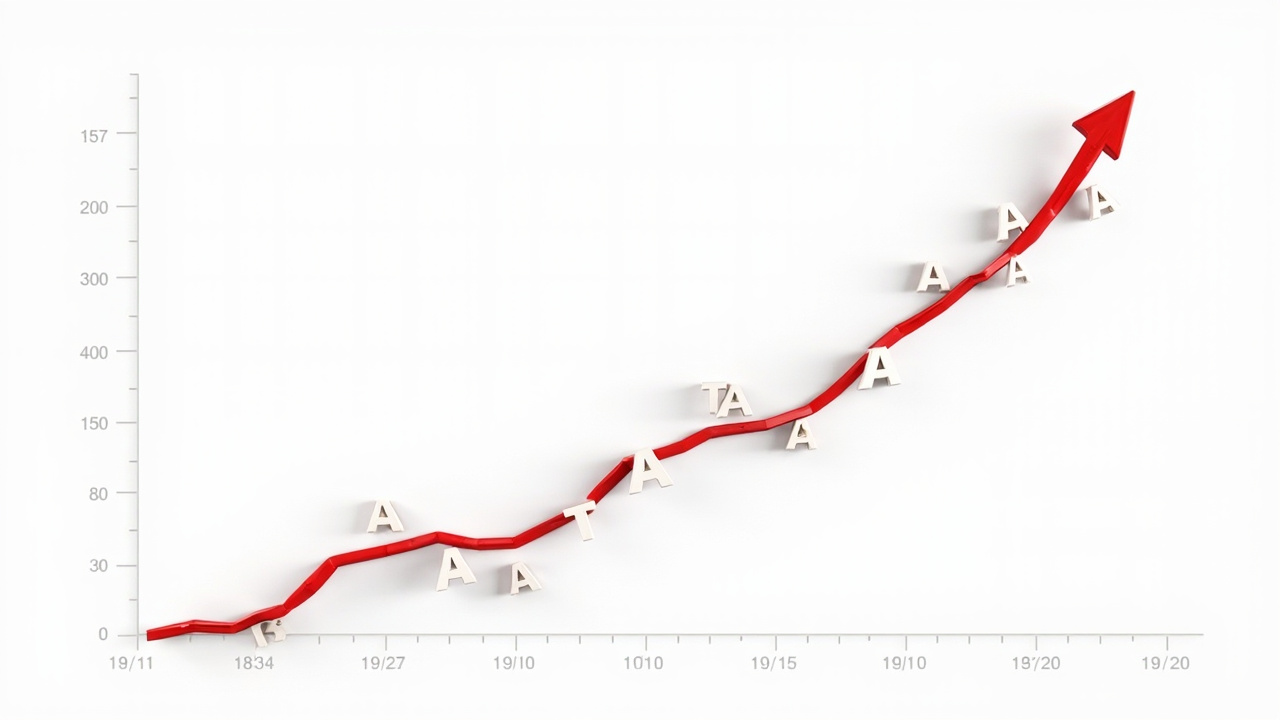Mortgage Demand Declines for Third Consecutive Week Despite Falling Interest Rates

The recent report reflecting a 3.9% drop in mortgage demand for the third consecutive week serves as a telltale sign of the current residential real estate landscape in the U.S. Amidst a backdrop of slightly easing mortgage rates, which averaged 6.92%, prospective homebuyers are seemingly content to hold off on new purchases. This contradicts traditional expectations that lower rates would stimulate borrowing activity. Notably, the circumstances surrounding this downturn present significant implications for various stakeholders, including consumers, investors, and policymakers.
Firstly, a decline in mortgage applications, particularly for home purchases, raises questions about consumer sentiment and the housing market's overall trajectory. Although the reported application volume for home purchases indicates an 18% improvement year-over-year, this growth pales when contrasted with the current environment. The sluggishness of closed sales suggest a critical disconnect between demand and supply, exacerbated by buyers' hesitation to enter at these rates. Interestingly, the latest housing supply figures point to a five-year high, which theoretically should foster stronger sales. However, this reveals a complex interplay of supply-side dynamics where potential buyers remain wary due to the lingering effects of elevated interest rates and economic uncertainties.
Moreover, the declining refinancing activity is illuminating. While refinance applications are up notably—42% when compared year-over-year—the recent 4% decline suggests that many consumers are biding their time, anticipating more favorable terms. This seems risky in light of inflationary pressures and potential Federal Reserve actions that could push rates higher again. Here, we must challenge the assumption that lower rates will automatically translate into robust refinancing activity. Many homeowners might have locked in rates during 2020 or 2021's historic lows and are reluctant to move unless substantial rate drops occur.
In terms of policy implications, the observed reluctance of consumers to engage with the mortgage market highlights a compelling need for regulators to consider incentivizing borrowing through tax relief measures or alternative financing structures. As we draw comparisons to the pre-2008 housing bubble, it becomes crucial to recognize the potential unintended consequences of current monetary policies that may inadvertently stifle housing demand rather than enhance it. Investors should remain vigilant as shifts like these can lead to broader systemic risks within the real estate market, impacting sectors tied to consumer spending and economic growth.
In conclusion, while the slight easing of mortgage rates might suggest a more favorable borrowing environment, the persistent drop in actual applications signals deeper market issues. As we anticipate the upcoming employment report, which could further influence economic sentiment, the real estate landscape appears poised on a precipice. Future movements will demand keen observation from all market participants, as the interplay of interest rates, consumer confidence, and housing supply continues to shape the macro-economic trajectory.
Read These Next

CBO: Trump tax bill to increase deficits by $2.4 trillion
The CBO's estimates on Trump's tax bill indicate a potential addition of $2.4 trillion to the national deficit, stirring significant debate on fiscal responsibility and its implications for investors and the economy at large.

Changan Automobile Restructures as Independent Central SOE: Major Industry Shift!
Changan Automobile will restructure into an independent state-owned enterprise to enhance efficiency and competitiveness in the market.

Filinger Home Technology: Navigating a Strategic Equity Transition
This article analyzes Filinger Home Technology Co., Ltd.'s financial performance and strategic outlook following a major equity transfer. It examines key changes in ownership structure, management commentary, financial trends, risks, and the implications for future growth.
